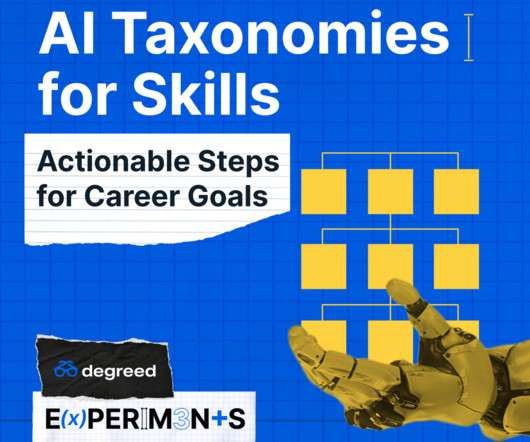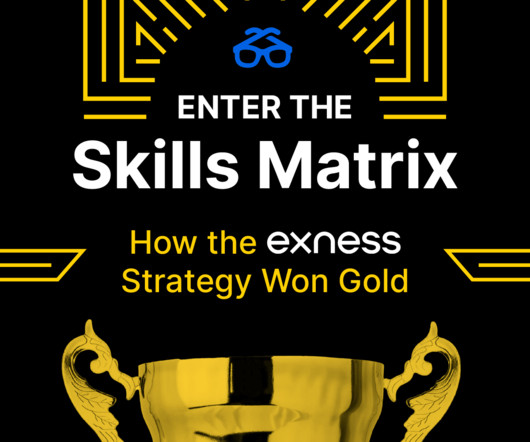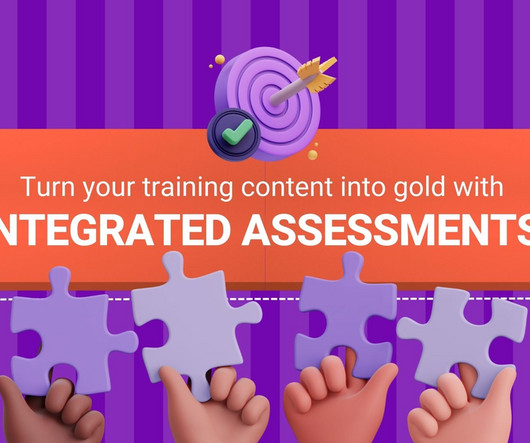AI Taxonomies for Skills: Actionable Steps for Career Goals
Degreed
MAY 7, 2024
Then it was skill taxonomies. Why do organizations need taxonomies? Taxonomies create a shared understanding of what’s important. Companies use taxonomies to organize resources (discovery), connect people to opportunities (matching), and align activity to insights (reporting). Taxonomies make the ambiguous actionable.


















































Let's personalize your content